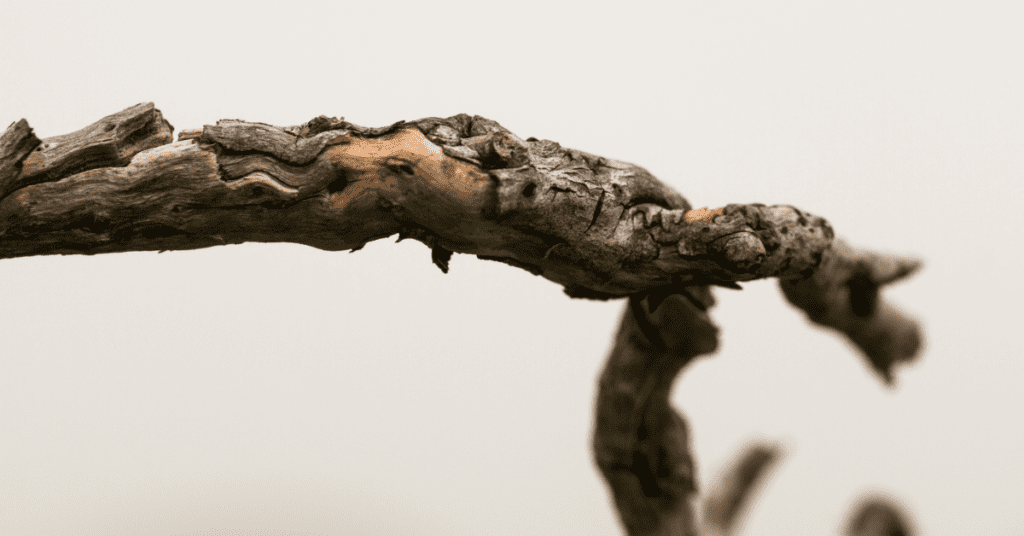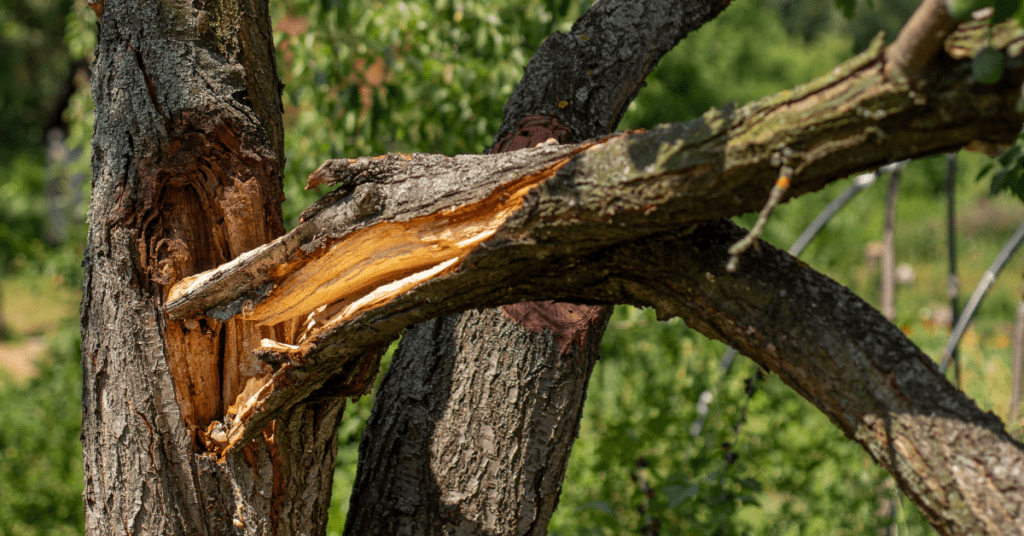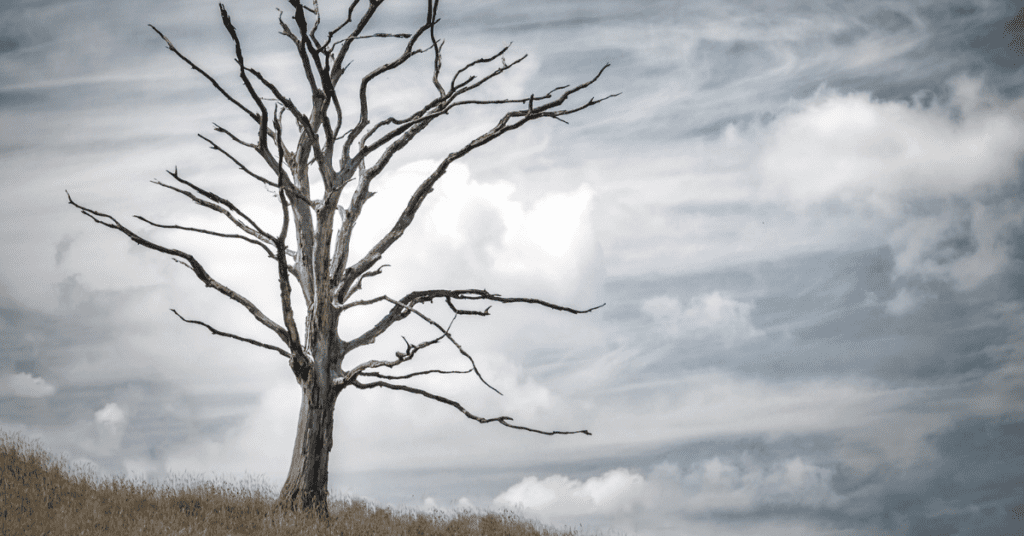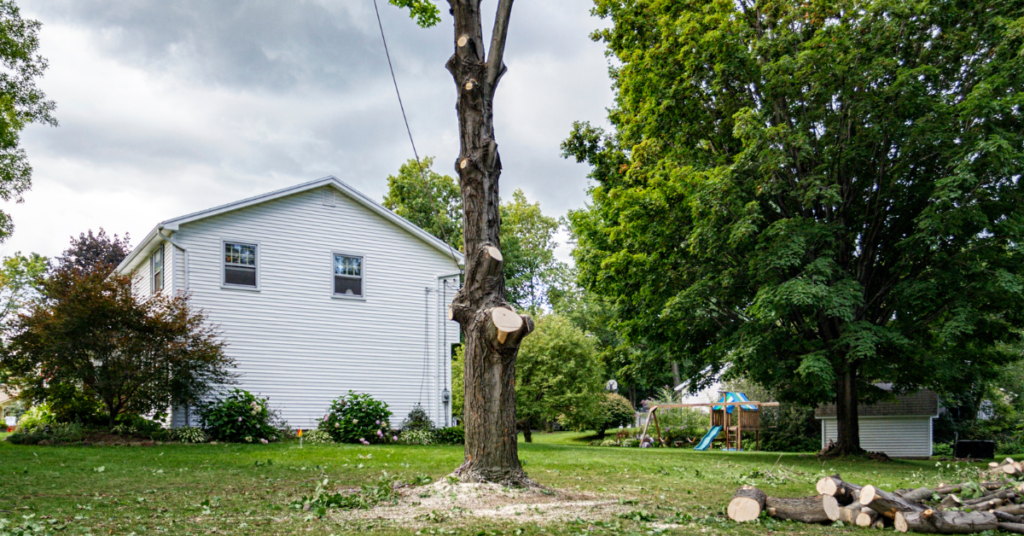Trees can provide significant benefits to your home, such as providing shade, reducing noise, and increasing your energy efficiency. However, they can also pose safety risks and damage property. In the lush environment of Victoria, BC, where native species like Garry Oak and Douglas Fir thrive, understanding when to remove a tree close to your house requires knowledge of local conditions and tree behavior.
It is important to consider all factors before removing a tree close to your home. This includes the tree’s age, whether it poses a safety threat, and any structural defects that could endanger the tree or your home.
Dead Branches

Dead branches are a common nuisance for homeowners. Not only do they make your property look less attractive, but they can also cause damage to your tree and people on the ground below. In Victoria, trees such as the Western Red Cedar or Arbutus might be more prone to dead branches due to the local climate, making it crucial to get rid of dead branches before they fall or break during storms, preventing property damage.
Luckily, it’s easy to spot a dead branch if you’re on the lookout for one. Walking past suspicious trees or shrubs with gloves, you can shake a small branch to determine if it’s still alive or if it’s completely dead. A living branch should be able to bend easily, without cracking or snapping at the end of its stem. Dead branches feel lighter, drier, and hollower than healthy ones.
Another telltale sign of a dead branch is dry, shriveled buds on a node. Early spring is a good time to check for this, as bud formation begins to show up in the lower parts of a living branch (nodes). When a twig or branch is fully dead, it is no longer receiving water and nutrients. As a result, it has no energy to grow and develop new leaves.
Scientists don’t know why a dead branch dies, but most assume that it does so because the tree is redirecting its resources to other parts of the tree. This selfless behavior is a great way to ensure that your tree has the right amount of sunlight, air movement and nutrition it needs to thrive. If you’re unsure whether a tree needs to be removed, check out our article on 6 Signs It Might Be Time To Remove Your Tree for more information.
The most obvious sign that a branch is dead is if it has no leaves. This is particularly true of deciduous trees, which typically drop their leaves in the fall. However, some varieties such as Oak and Beech don’t drop their leaves until late into the winter which can make them harder to assess.
Removing dead branches is critical to protecting your tree’s health and ensuring that it does not become a source of disease or pest infestations. Dead branches pose a major hazard during storms when high winds or heavy snows can cause the weaker branch to break causing significant damage to your home or cause harm to people in the drop area.
Leaning or Sagging Trees

When a tree leans, it may be a sign that its roots have weakened or that it is not healthy. This can mean that the tree will eventually fall and damage your property, so it is best to remove it if it poses a hazard.
A leaning tree can be caused by a number of things, including storm damage, mechanical damage, and improper pruning. These problems can be difficult to determine, but a certified arborist can help identify the source of the problem and recommend a course of action for repairing it.
New trees often lean because they are planted in softer soil than mature trees and have not yet established their roots fully. They also lean if they are exposed to extreme weather conditions like heavy rain, ice storms, or strong winds.
The best time to plant a new tree is in the spring before it leaves so that it has plenty of time to establish its root system. It is also important to ensure that the soil has been properly tamped down after planting.
If the leaning tree is only slight, you probably do not need to do anything. However, if the leaning is more severe, you may want to straighten it out and stake it in place so that it can grow upright. For more information on how to determine if a tree should be removed, read our article on How Do You Tell If a Tree Needs to Be Cut Down?.
Crowding can cause trees to lean if they are growing near other trees that are competing for light. Getting rid of these other trees and adding space for the leaning tree can help it stay straight.
Soil that is too wet can also make a tree lean, so correcting the drainage patterns around the leaning tree can help it remain stable. It is also a good idea to fertilize young trees with deep root fertilizer to give them the nutrients they need to grow healthy.
A leaning tree that is not causing any harm to people or your property can benefit wildlife by providing shade, creating habitat, and returning vital nutrients to the soil. It is also a good idea to remove any dead wood that can cause a safety hazard.
Damaged Branches

If you have trees near your home, it’s important to watch out for damaged branches. These can be dangerous and cause damage to your property. Tree accidents can lead to roof damage that requires frequent repairs.
To spot damaged branches, look for signs like visible cracks, splintering, leaning, or hanging of branches or trunk. This will give you an idea of what the health of the tree is like and help you identify any problems that may need to be addressed by a professional arborist. To prevent further damage to your trees, especially during storms, read our guide on Preventing Storm Damage to Your Trees.
In addition, look for any signs of decay or fungal growth on the bark. This can be a sign that the external layer of the bark has no nutrient flow. This will make the tree susceptible to decay and disease, which will lead to a dead tree in the long run.
Finally, check the trunk of the tree for any signs of rot or cankers. This can be a sign that the roots are dying or the tree has been exposed to extreme weather conditions. This can be a warning that the tree needs to be removed.
Before removing any branch from a tree, arborists use a practiced series of cuts to make sure that the bark doesn’t split. This series of cuts reduces the damage and allows the tree to heal more quickly.
The first cut on large branches is a relief cut that is made about eight to twelve inches from the collar, which is the stem tissue that surrounds the base of the branch. This will prevent the bark from “tearing out” or the bark peeling when the top cut is made. The second cut should be in front of the first cut and will sever the branch leaving an uneven looking cut.
Next, you want to clean up the stub that was left by the previous cuts. With the weight of the branch now removed you can make one smooth even cut about one to three inches from the collar of the tree cutting perpendicular to the branch leaving the smallest cut diameter for the tree to heal. To understand the best time for tree removal, read our article on What is the Best Time of Year to Remove Trees?.
Hardeep Gill, a seasoned asphalt shingle roofer from North Vancouver, highlights the importance of managing damaged branches to prevent roof damage. He notes, “Damaged branches pose a risk to asphalt shingles, potentially causing leaks and reducing roof lifespan. Proactive tree management near homes is crucial to avoid costly repairs.” This advice from Gill serves as a reminder of the need for regular tree and roof maintenance to safeguard home integrity
Dead Trees

Dead trees are often overlooked, but they play a vital role in our ecosystems. As they decay, they release a host of essential nutrients, including carbon, phosphorus, nitrogen, and potassium. This is a key element in the life cycle of many plants and animals that live in our ecosystems, from insects to birds.
If you notice that a tree in your yard is starting to fall apart, it’s important to act quickly. Otherwise, you could be putting your home and your family at risk of injury or even death. If you are concerned about a tree’s proximity to your house, check out our article on What Happens if a Tree Is Too Close to Your House? to learn about potential risks.
Removing a tree from your property doesn’t have to be difficult, especially when you use a tree removal service that offers expert care. A certified arborist can help you determine whether a tree is safe to remove or should be left as-is. Learn more about the differences between tree maintenance techniques in our article What Is the Difference Between Tree Trimming and Pruning?.
A dead tree can make your property look less appealing to potential buyers. If the tree has a rotting bark, limbs falling off, or branches that are peeling off, it can significantly reduce your yard’s curb appeal and value.
It’s also important to remove dead trees because they may attract pests and invasive species that can harm your property. For example, termites and rodents are naturally drawn to dead trees because they can find shelter there, so it’s important to remove them before they cause damage.
The wood in a dead tree is also more brittle and prone to breakage because it doesn’t have the moisture or nutrients that it needs to support its weight. Additionally, internal wood decay can destroy the lignin that makes wood strong and flexible.
In addition, a rotting tree is a perfect place for termites to get into your home’s foundation. This can damage your property and be costly to repair. Depending on the specifics of your homeowner’s insurance policy, it may cover the cost of removing a dead tree. If yours does not, it is worth checking to see if you have other coverage that may help pay for the cost of removing the tree.
Getting rid of a dead tree on your property is an investment in the safety and health of yourself, your family, and your community. It’s also an investment in the aesthetics of your home and neighbourhood.
Are you concerned about the health and safety of the trees on your property? If so, it’s important to take action before it’s too late. Dead branches, leaning trees, and dead trees can all pose significant risks to your property and the people around it. Consider contacting a certified arborist to evaluate the trees on your property and identify any potential hazards. If you require our tree services in Victoria, BC then our team can help you with all your tree care needs. Check out our services to learn more and get in touch with us today to schedule a consultation. Don’t wait until it’s too late to protect your property and keep your loved ones safe.


